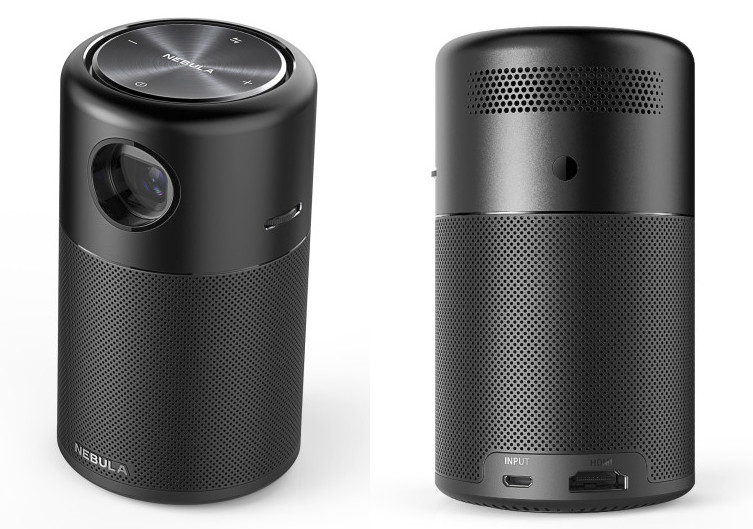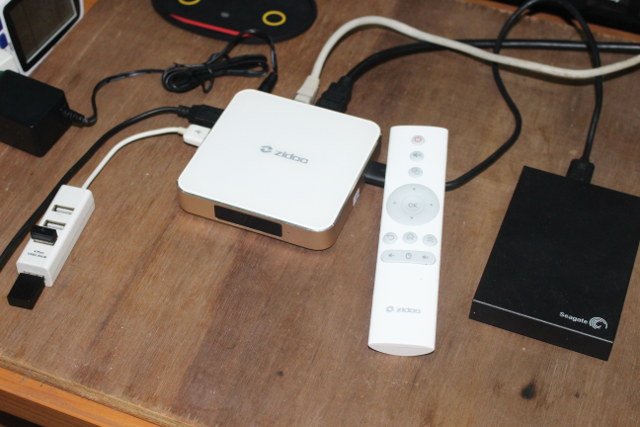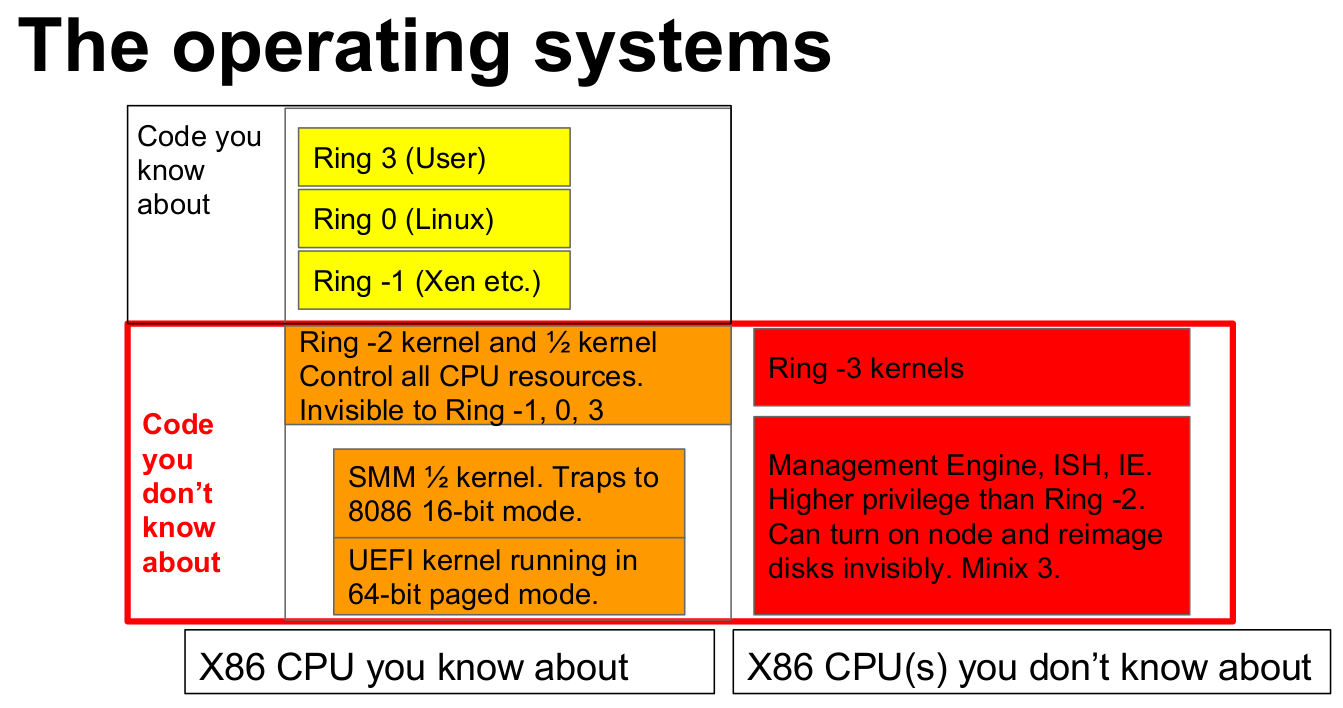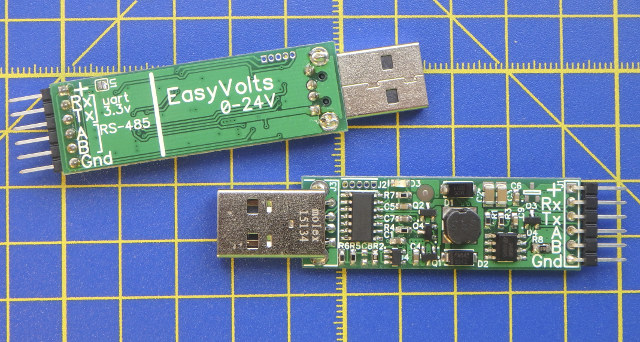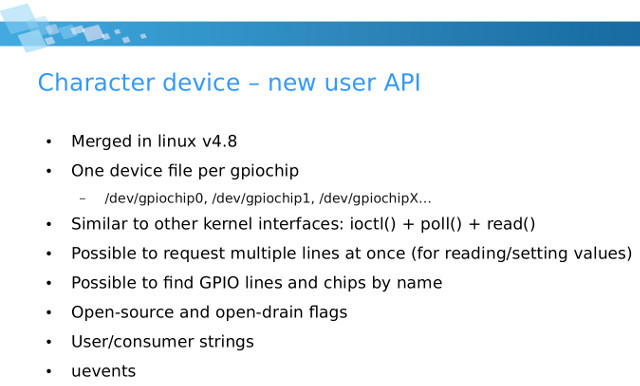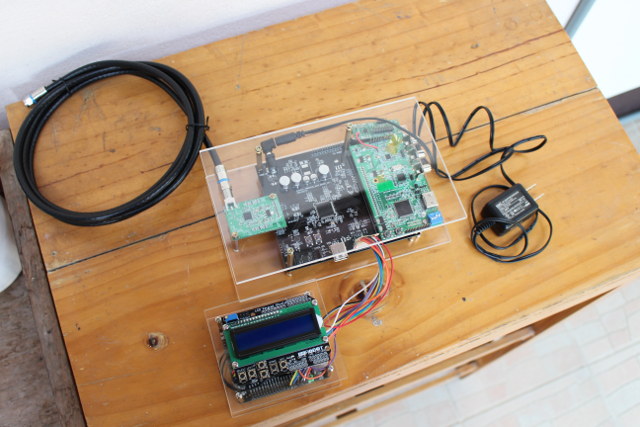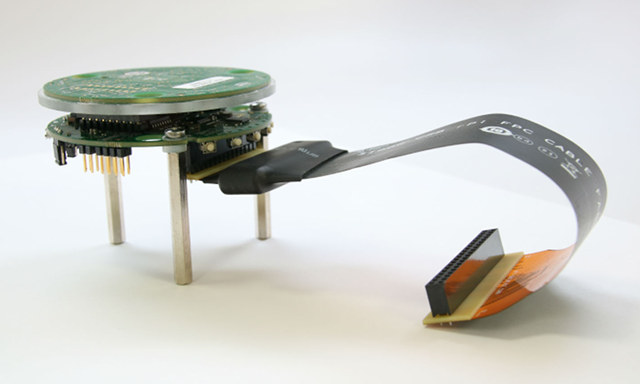I have reviewed two Android smart pico-projectors in the last couple of years, namely Doogee Smart Cube P1 and Rikomagic RKM R1. Both are battery powered, and worked well in the dark, but the Rikomagic model is my favorite of the two because it works without any major bugs, and I really like the touchpad on top as it made configuration and control really easy. There’s now another model on Indiegogo that’s been very popular so far with over one million dollars raised. Nebula Capsule may look like a soda can, but it integrates a pico-projector, a 360° speaker, a board running Android 7.0, and a battery allowing you to carry it around and use it on any a flat surface. Capsule projector specifications: SoC – Quad core Cortex A7 processor with Adreno 304 GPU (likely Snapdragon 210/212) System memory – 1GB DDR3 Storage – 8 GB eMMC flash Projector […]
Zidoo H6 Pro (Allwinner H6) TV Box Review – Part 2: Android 7.0 Firmware
Zidoo H6 Pro is the very first Allwinner H6 based 4K TV box. The Android 7.0 device support H.265, H.264 and VP6 4K video decoding, comes with fast interfaces such as USB 3.0, and network connectivity with Gigabit Ethernet and 802.11ac WiFi. I’ve already checkout the hardware in the first part of the review entitled “Zidoo H6 Pro (Allwinner H6) TV Box Review – Part 1: Unboxing & Teardown“, and since then, I’ve had time to play with the TV box, and report my experience with Android 7.0 in this second part of the review. First Boot and OTA Firmware Update I’ve connected a USB keyboard and a USB dongle with RF dongles for an air mouse and gamepad on the two USB ports, a USB 3.0 hard drive to the single USB 3.0 ports, as well as HDMI and Ethernet cables before powering up the TV box. I also […]
Sunvell R69 Allwinner H2 TV Box Sells for $19.99 (Promo)
$20 Android TV box promotions are fun. After last month, Rockchip RK3229 based A95X R1 TV box promotion, GearBest has another one with Allwinner H2(+) based Sunvell R69 TV box powered by Allwinner H2 processor sold for $19.99 with coupon R69GB. If you have no interested in Android, the good news is that since it’s based on Allwinner H2+, you can likely run Armbian images, or the recently released RetrOrangePi 4.0 with minor modifications, to have a $20 Linux server or game console. Sunvell R69 TV box specifications: SoC – Allwinner H2 quad core Cortex A7 processorwith Mali-400MP2 GPU System Memory – 1GB DDR3 Storage – 8GB flash + micro SD slot up to 32GB Video & Audio Output – HDMI 1.4 output up to 1080p60, AV port (composite video + stereo audio) Video Codec – H.265 / H.264 up to 1080p Connectivity – 10/100M Ethernet, 802.11 b/g/n WiFi (via […]
MINIX based Intel Management Engine Firmware & UEFI are Closed Source & Insecure, NERF to the Rescue!
You may have heard a few things about Intel Management Engine in recent months, especially as security issues have been found, the firmware is not easily upgradeable, and the EFF deemed it a security hazard asking Intel for ways to disable it. In recent days, I’ve seen several media reports about the Management Engine being based on an Intel Quark x86-based 32-bit CPU running MINIX open-source operating system. Keep in mind, there’s nothing nefarious about MINIX, it’s just that Intel keeps its own developments on top closed. One of sources for the information is a blog post explaining how to disable Intel ME 11, but ZDNET also points to one of the talks at the Embedded Linux Conference Europe 2017 entitled “Replace Your Exploit-Ridden Firmware with Linux” by Ronald Minnich, Google which explains the problem, and proposes a solution to (almost) disable Intel’s ME, and replace UEFI by a small […]
EasyVolts USB Dongle Outputs 0-24V DC, Exposes UART, GPIO/PWM, RS-485 Signals
A while ago, I wrote about USBminiPower, a USB power supply with 3.3V, 5V, and one variable DC output up to 14.3V adjustable with a rocker switch, and equipped for a 4-digit LED display showing current intensity and voltage. But recently, I was made aware of another USB power supply – EasyVolts USB dongle – that supports 0 to 24V DC, and also exposes either UART pins, or RS-485 signal, plus two GPIO/PWM pins. EasyVolts specifications: USB – 1x USB port for power, communication Power Supply function: Input voltage: 5V from USB port Output voltage: 0-24V Max output current: 1A Max output power: ~2.4W (e.g. 24V/0.1A; 3.3V/0.55A) Voltage resolution: <50mV Current resolution: <2mA I/O expansion 4- pin to be used as UART (Tx/Rx) or RS-485 + 2x GPIO/PWM UART – speed: 300-230400 bit/sec; resistance of Tx/Rx pins: 300 Ohm PWM – Base frequency: 240kHz.; frequency division configuration: 1-65535; duty cycle […]
Learn More About Linux’s New GPIO User Space Subsystem & Libgpiod
Sysfs was used to control GPIOs on Linux system with the GPIOs defined in /sys/class/gpio, but starting with Linux 4.8, a new GPIO interface for user space was introduced, with gpiochip becoming char devices foudn in /dev/gpiochip0, dev/gpiochip1, etc.. , and sysfs allegedly become deprecated. But a quick check in NanoPi Duo with Linux 4.11 shows both GPIO user space interfaces appear to be enabled:
|
1 2 3 4 |
ls /sys/class/gpio/ export gpiochip0 gpiochip352 unexport ls /dev/gpiochip gpiochip0 gpiochip1 |
Nevertheless overtime, sysfs will die out, and the new subsystem will likely be used by all systems, so it might be useful to learn more about it. One way to do that is to watch Bartosz Golaszewski’s ELCE 2017 talk entitled “New GPIO Interface for User Space” with the video embedded below. But I first I’ll summarize some of the key points. Now GPIO handling from user space becomes similar to other char driver with ioctl, poll and read functions, and beside assigning numbers […]
Giveaway Week – Muses-β DTV Modulator and Video Encoder
The next item for giveaway is rather specialized hardware, as V-Bridge Muses-β allows you to take raw video input via HDMI or video composite, encode it and module to your DTB standard (DVB-T, ATSC… ) and get the video through your TV tuner via a cable, or over-the-air if you add your own an amplifier and antenna. The system is controlled by an STM32 board with LCD display and button, and you can operate directly from the board, selecting various option. I used a TV box as input, and U4 Quad hybrid set-top box to get the video signal and output it to my TV when I reviewed the system with DVB-T / QPSK modulation. The system is limited to MPEG-2 up to 1080p30 encoding since it’s what the SoC supports. I’m giving away the complete “turn key solution” shown in the first photo to one lucky winner. To enter […]
Intel Speech Enabling Developer Kit Works with Alexa Voice Service, Raspberry Pi 3 Board
We’ve known Intel has been working on Quark S1000 “Sue Creek” processor for voice recognition for several months. S1000 SoC is based on two Tensilica LX6 with HiFi3 DSP, some speech recognition accelerators, and up to 8x microphones interfaces which allows it to perform speech recognition locally. The solution can also be hooked to an application processor via SPI, I2S and USB (optional) when cloud based voice recognition is needed. Intel has recently introduced their Speech Enabling Developer Kit working with Amazon Alexa Voice Service (AVS) featuring a “dual DSP with inference engine” – which must be Quark S1000 – and an 8-mic array. The kit also includes a 40-pin cable to connect to the Raspberry Pi 3 board. Intel only provided basic specifications for the kit: Intel’s dual DSP with inference engine Intel 8-mic circular array High-performance algorithms for acoustic echo cancellation, noise reduction, beamforming and custom wake word […]


